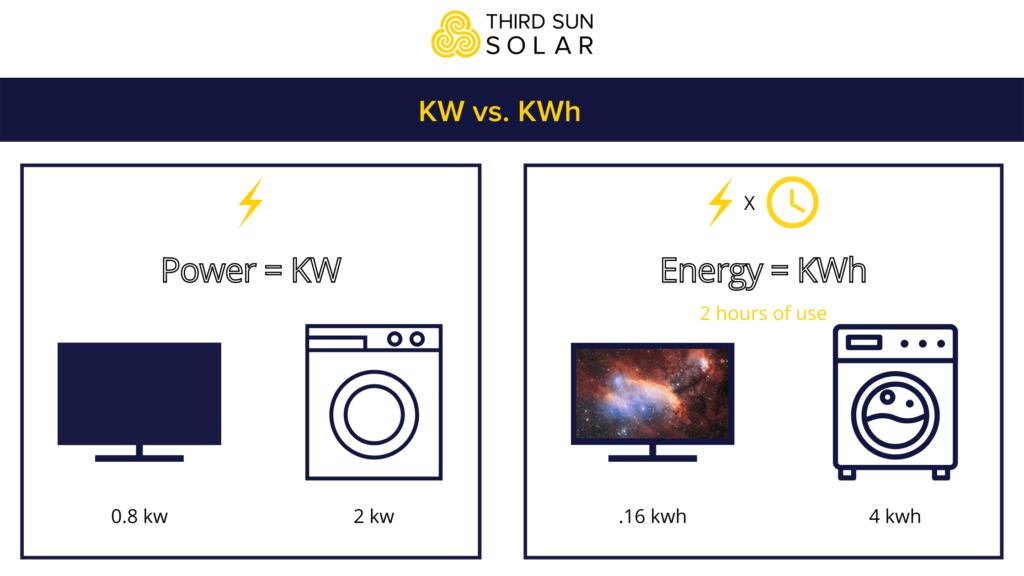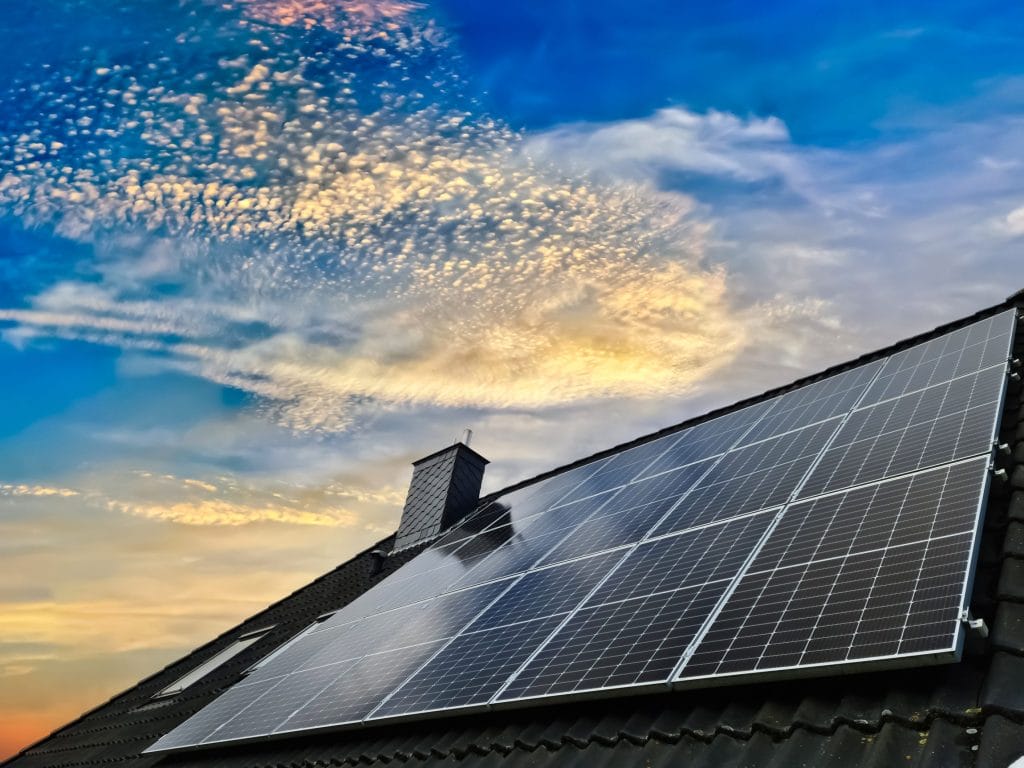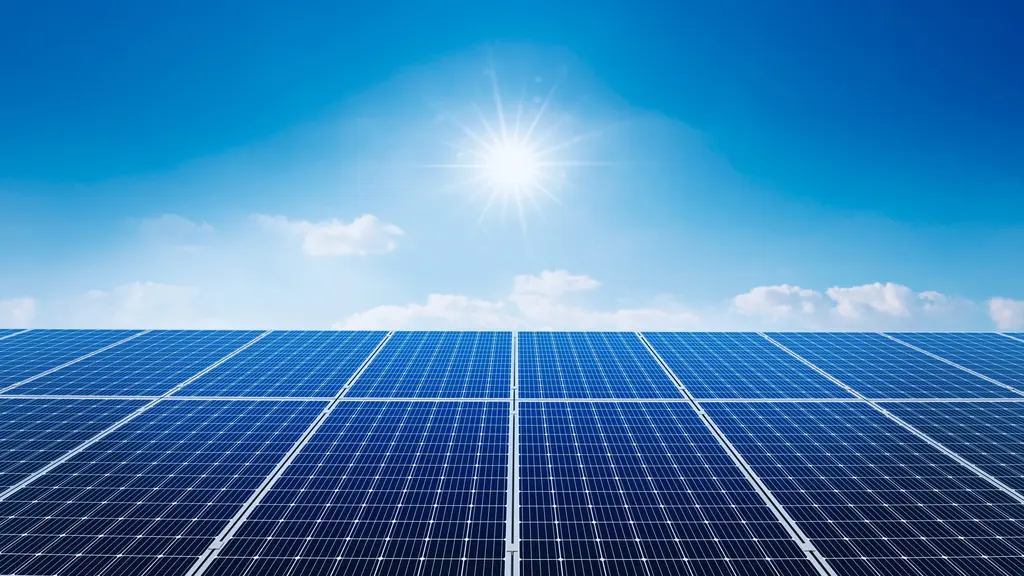What’s the Difference Between a Kilowatt and a Kilowatt Hour?
If you’ve heard these terms (kilowatt and kilowatt hour) in the past but don’t know what they mean – don’t worry about it. You aren’t alone. Most ratepayers don’t.
But understanding these concepts, basic energy terms, and the difference between power and energy can save you confusion and stress when looking at and trying to understand your electricity bill.
Once you understand the terms – you’ll be able to save time and money and make better decisions for you and your family regarding your home energy needs.
You’ll also be able to make a more informed decision when you start exploring solar energy.
So – what’s the difference?
Kilowatt
- Kilowatt = 1,000 watts
- Watts = power
In solar, a kilowatt is a measure of power, precisely the rate of energy generated at a specific time.
Say your LED TV has a power rating of 80 watts. That means it takes 80 watts, or .08 kW, to turn on the TV. A plasma TV of the same size, on the other hand, takes 220 watts or .22 kW to turn on. (That’s why LED and Energy Star rated appliances are better!)
When you see a solar system with an associated kilowatt size – like a 9-kilowatt solar array – this number refers to the maximum possible power output of the system. In other words, it’s the nameplate capacity of the system. So, on the sunniest day, at noon when the sun is high in the sky, a 9-kilowatt solar energy system will produce 9 kilowatts of solar power in real-time.
We calculate a solar array’s kilowatt number from the total number of solar panels used. Say each solar panel has a wattage rating of 300 watts. If you install 30 solar panels, you’ll have a 9000 watt or 9-kilowatt solar system.
If you have a solar energy system, your monitoring will show a fluctuation of power output for the system as the sun rises and falls throughout the day and as the seasons change. Different factors affect the power output of a solar energy system. These factors can include the time of day, time of year, weather, ambient temperature, panel shading, and more.
After understanding that kilowatts equal the power output of a solar energy system, it’s important to understand kilowatt-hours. Kilowatt-hours tell the story of how much power a system can produce over a specific timeframe.

Kilowatt-hour
A Kilowatt-hour is a measure of power output over time. So, if our 9-kilowatt system produced 9 kilowatts continuously for a whole hour, it produced 9 kilowatt-hours.
Using kilowatt-hours, we can draw a more accurate picture of the production of a solar array over time.
When looking at a recent electricity bill, you will see that your electric provider has billed you for kilowatt-hours consumed.

Your solar energy system must be sized to offset the kilowatt-hours you typically use at home. Our solar experts know that there are variables to consider when sizing your solar array: weather patterns change, your energy consumption fluctuates as your family grows, or you add an electric vehicle.

That is why a solar consultation is a key step – your Solar Consultant needs to know a lot about your current energy use, available space for solar, and future plans to size a system that will meet your home energy needs for 30+ years.
Energy production guarantee
Does your solar installer offer an energy production guarantee? When evaluating solar, you want to trust that your solar system will perform as expected. An energy production guarantee helps you rest assured that, no matter how much you trust your installer, your investment is protected if the solar energy system does not produce as much energy as was projected.
Understanding these key concepts will help you make a more informed decision when you decide to go solar.
When you’re ready – reach out! (Or reach out if you’re still wondering “What’s the Difference Between a Kilowatt and a Kilowatt Hour?!)










